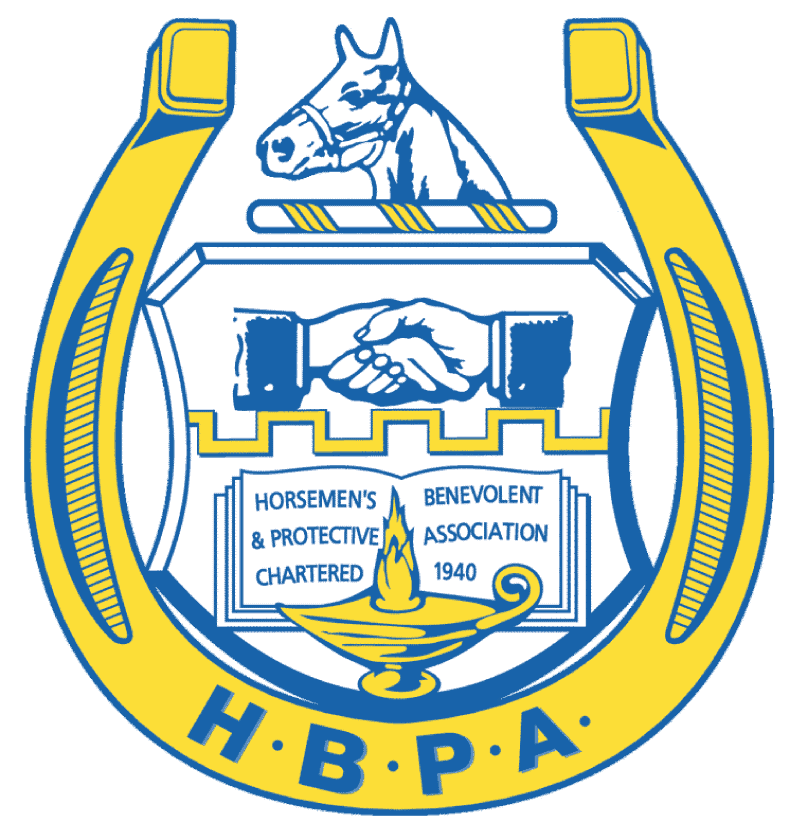Blister Beetles and Alfalfa: A Potentially Lethal Mix
Paulick Report
Posted: 2/1/2016
Dr. Lee Townsend, of the University of Kentucky Department of Entomology, offered a recap of blister beetles and alfalfa in the January issue of Equine Disease Quarterly, published by Gluck Equine Research Center.
Townsend explained that blister beetles belong to a family of plant-feeding insects (Meloidae) that produce cantharidin, a toxic defensive chemical. And contact with cantharidin, in the blood of live or dead beetles, can cause blistering of the skin or mucous membranes of horses.
Cantharidin can remain toxic in dead beetles for a long time, so horses may be poisoned by eating crushed beetles in hay. The severity of the reaction depends upon the amount of cantharidin ingested, as well as on the size and health of the animal.
It is estimate that the lethal dose of cantharidin for horses is between 0.45 to 1.0 mg per kilogram of body weight. Clinical signs of cantharidin poisoning usually appear within hours of exposure and can include inflammation of the digestive and urinary tracts, colic, and frequent, strained urination. In addition, equine calcium levels may be drastically lowered and the heart can be damaged. It’s imperative that a horse owner contact a veterinarian immediately upon suspected blister beetle exposure since animals can die within 72 hours.
Blister beetles are attracted to flowering alfalfa and can be found in the Central and Eastern United States. Striped blister beetles tend to congregate in large clusters along field margins, which can result in high concentrations of beetles in baled hay.
Townsend offers these tips for reducing blister beetles in hay for producers:
- Learn to recognize blister beetles and understand their behavior; an effective preventative program will reduce potential problems
- Harvest alfalfa at the late bud stage or when first flowers open as blister beetles are not active when the first cut of alfalfa is made
- Manage alfalfa harvest intervals to minimize flowering of alfalfa or weeds as blister beetles are attracted to blooms
- Check hay fields for blister beetles before cutting alfalfa from July through early September
- Avoid crimping hay during harvest and straddle cut swaths to avoid crushing beetles with tractor tires





